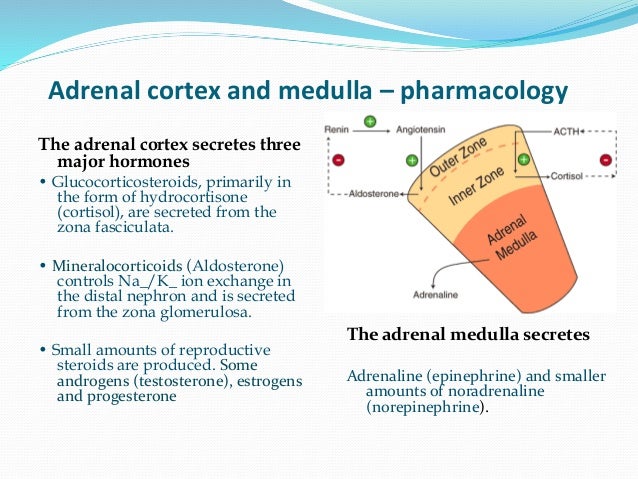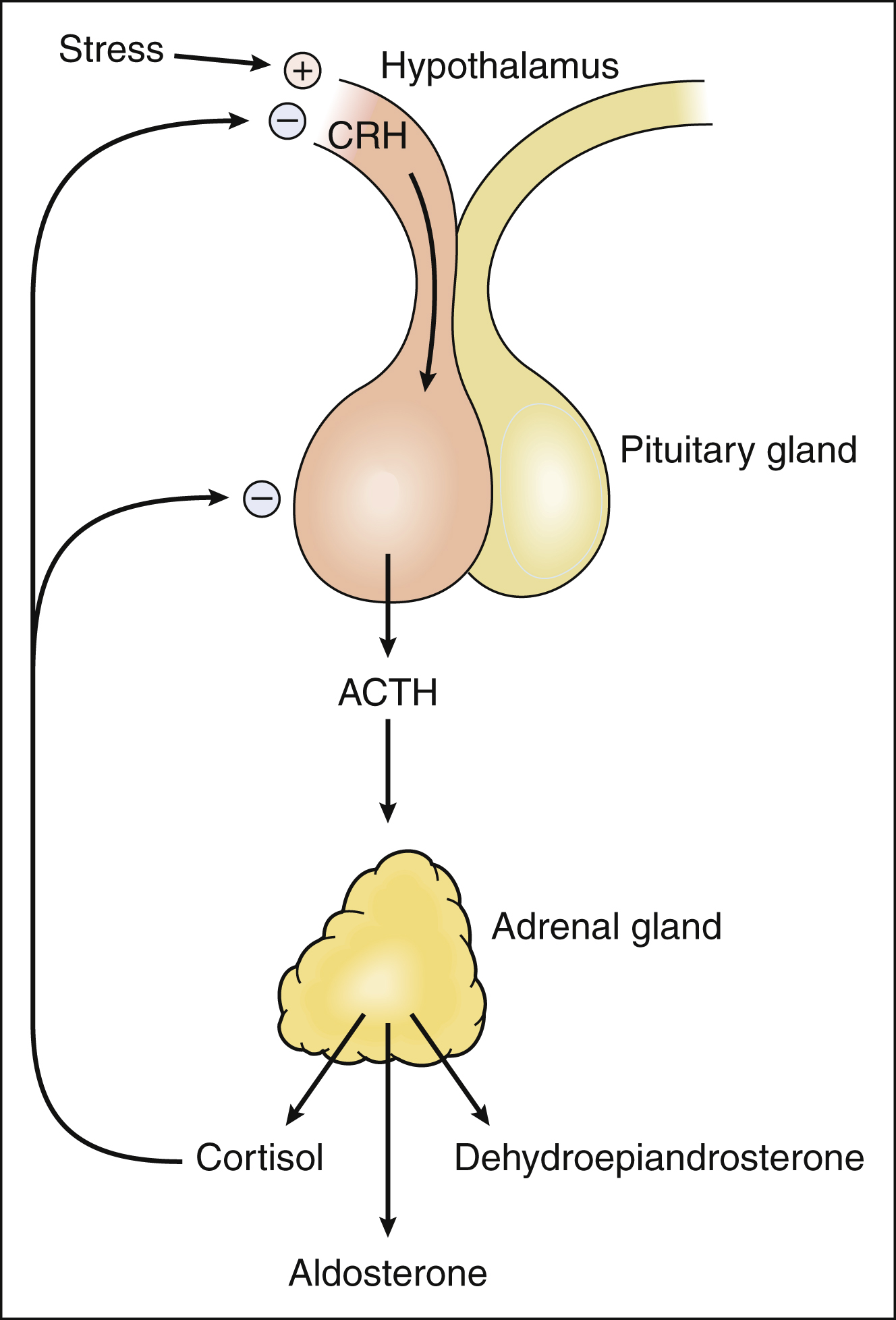



Under the next few headings the major neurophysiologic effects of caffeine are discussed as the main focus of this article. ĭespite these limitations, extensive explorations of caffeine have been carried out and have provided a great deal of information regarding the effects of caffeine. Secondly, some studies investigate pure caffeine, while others pose research questions pertaining to coffee, not pointing out the other components in coffee and their potential confounding effects. Therefore, relating the results to humans becomes difficult. Firstly, research on animals uses doses that are hundreds to thousands of times higher than those seen in human consumption. Unfortunately, a review of the literature shows two important limitations in caffeine research. Drinkers who mix alcohol with energy drinks are more likely than drinkers who do not mix alcohol with energy drinks to report unwanted or unprotected sex, driving drunk or riding with a driver who was intoxicated, or sustaining alcohol-related injuries.11.Drinkers aged 15 to 23 who mix alcohol with energy drinks are 4 times more likely to binge drink at high intensity than drinkers who do not mix alcohol with energy drinks.10.Liquor was the usual type of alcohol consumed by students who reported mixing alcohol and energy drinks. In a study among Michigan high school students, those who binge drank were more than twice as likely to mix alcohol with energy drinks as non-binge drinkers.Mixing alcohol with energy drinks is a popular practice, especially among young people in the United States.68 In 2017, 10.6% of students in grades 8, 10, and 12 and 31.8% of young adults aged 19 to 28 reported consuming alcohol mixed with energy drinks at least once in the past year.7,8.Energy drinks typically contain caffeine, plant-based stimulants, simple sugars, and other additives.3.Dangers Of Mixing Alcohol And Energy Drinks That can create feelings of elevated energy and increased focus. It also triggers the release of adrenaline, which is the fight-or-flight hormone. For that reason, caffeine can stave off sleep and increase wakefulness. That means it binds to receptors and keeps them inactive, blocking adenosine from binding and activating it. When someone introduces caffeine into their system, it can bind to adenosine receptors as an antagonist. When adenosine binds to its receptors, it activates them to slow down nervous system activity and promote sleep. Specifically, it binds to receptors that are designed to interact with a chemical called adenosine. Like many psychoactive drugs, caffeine works by influencing naturally occurring chemicals and receptors in the brain.


 0 kommentar(er)
0 kommentar(er)
